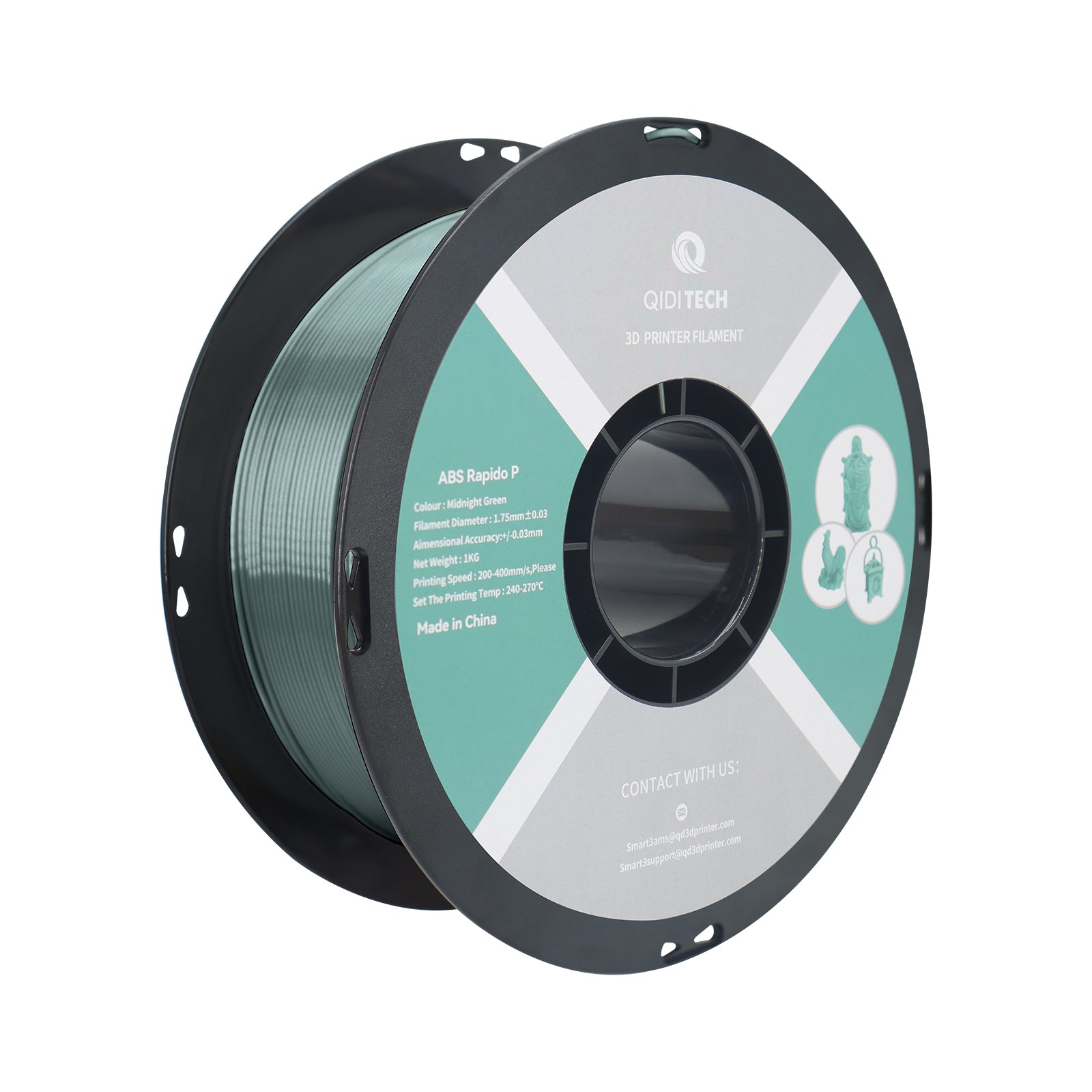Unlock the Secrets of ABS Filament: Discover Its Game-Changing Properties and Endless Applications!
ABS filament, or Acrylonitrile Butadiene Styrene, has emerged as a cornerstone material in the realm of 3D printing and manufacturing. Its significance cannot be overstated, as it combines strength, durability, and versatility, making it a preferred choice for hobbyists, professionals, and industries alike. This article aims to provide a comprehensive overview of ABS filament, including its essential properties, various applications, and the benefits it presents. By delving into these aspects, we hope to illuminate why ABS filament is often deemed a game-changer in the materials world, guiding you in your future projects and endeavors.

What is ABS Filament?
ABS filament is a thermoplastic polymer, composed of three main components: acrylonitrile, butadiene, and styrene. This unique combination gives ABS its remarkable properties, such as resilience and impact resistance. The development of ABS dates back to the 1950s when it was first introduced as a versatile plastic material. Over the years, it has gained immense popularity, particularly in the 3D printing community, due to its ease of use and adaptability. As a material that can be easily molded and shaped, ABS filament has found its place in various industrial applications, making it an essential component in modern manufacturing.
Properties of ABS Filament
ABS filament boasts a range of key properties that contribute to its widespread use. One of its most notable characteristics is strength; it has a high tensile strength compared to other thermoplastics, making it suitable for creating durable parts. Additionally, ABS is known for its flexibility, allowing it to bend without breaking. This flexibility is complemented by its durability, which helps it withstand impact and stress. Another critical property of ABS is its temperature resistance; it can endure higher temperatures without deforming, making it ideal for applications that require heat stability. These properties together make ABS filament an excellent choice for both prototyping and end-use products.
Mechanical Properties
The mechanical properties of ABS filament are a significant factor in its popularity. With a tensile strength that can reach up to 40 MPa, it provides the robustness needed for functional prototypes and parts. Its impact resistance is also commendable; ABS can absorb shock without shattering, making it ideal for products that may experience rough handling. I recall a friend's experience while working on a robotics project; they relied on ABS filament to create the housing for their robot's sensitive components. The durability of the material ensured that the housing could withstand falls and bumps without compromising the internal mechanisms. Such mechanical characteristics make ABS filament a go-to for engineers and designers aiming for durability.
Thermal Properties
ABS filament exhibits impressive thermal properties, with a melting point typically around 220°C. This thermal stability is crucial for 3D printing, as it allows for consistent layer adhesion while reducing the risk of warping during the printing process. The ability to maintain its shape under heat makes ABS suitable for applications that may see fluctuating temperatures. A personal anecdote comes to mind; during a summer project, a friend printed outdoor fixtures using ABS. Thanks to its thermal resistance, the fixtures remained intact and functional despite the heat. This characteristic of ABS is essential for ensuring the longevity of printed objects, especially in demanding environments.
Applications of ABS Filament
The applications of ABS filament are vast and varied, spanning multiple industries. In the automotive sector, ABS is often used for interior components and dashboards due to its ability to resist scratches and impacts. The electronics industry also utilizes ABS for housing and casing because it provides excellent insulation properties. Furthermore, in the consumer goods sector, ABS is frequently found in products ranging from kitchen appliances to toys, thanks to its safety and durability. Its versatility allows manufacturers to create complex designs that meet both aesthetic and functional requirements, making ABS filament a favorite in various production lines.
3D Printing
In the realm of 3D printing, ABS filament shines brightly. Its ease of use and adaptability make it a top choice for both hobbyists and professionals. The advantages of using ABS in 3D printing include its strong layer adhesion and ability to produce detailed prints. Common applications in this field range from prototyping to creating end-use parts, such as custom brackets and casings. I’ve seen friends use ABS to print models for architectural designs, where the material’s ability to hold fine details made a significant difference. The versatility of ABS filament in 3D printing underlines its relevance in today's manufacturing landscape.
Other Industrial Uses
Beyond 3D printing, ABS filament has a plethora of other industrial uses. It is widely employed in the production of toys, where safety and durability are paramount—think of iconic building blocks that inspire creativity in children. Household items such as storage bins and kitchenware also benefit from ABS's lightweight yet strong nature. Additionally, it’s used in the automotive industry for producing various interior and exterior components. My acquaintance, who runs a small toy manufacturing business, opted for ABS for their latest line of products due to its non-toxic properties and robustness, ensuring that the toys could withstand the rigors of playtime. This versatility showcases why ABS filament is a staple in many manufacturing processes.
Summary of ABS Filament Benefits
In summary, ABS filament is a remarkable material that offers a multitude of benefits and applications. Its strength, flexibility, and thermal stability make it an ideal choice for various industries, from automotive to consumer goods. Whether you are a hobbyist looking to create prototypes or a professional in need of durable components, ABS filament can meet your requirements effectively. As we have explored, its properties and versatility make it a game-changer in the world of materials. Consider integrating ABS filament into your next project and experience the difference it can make!








